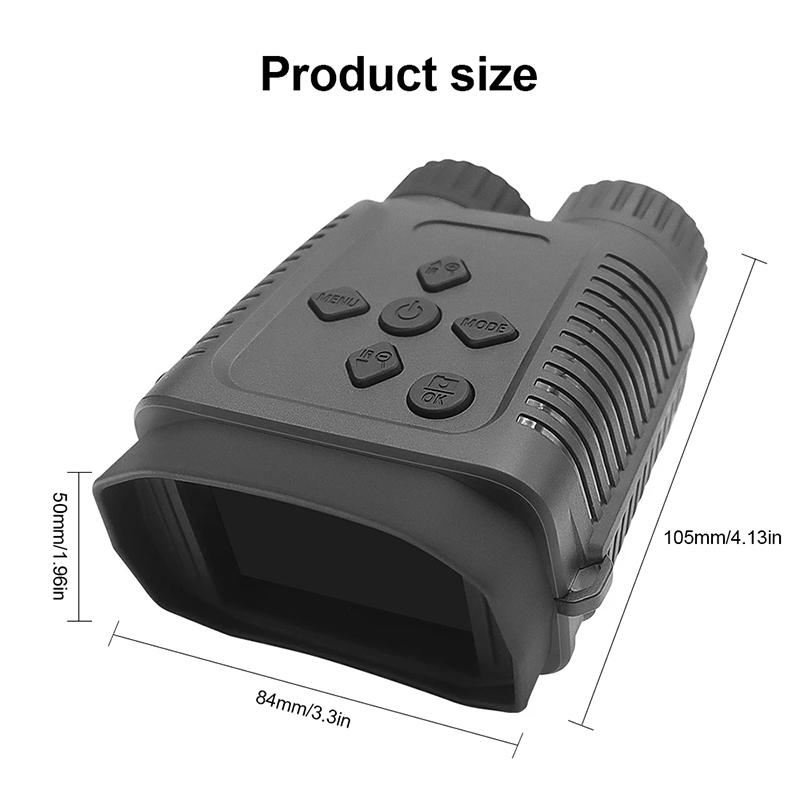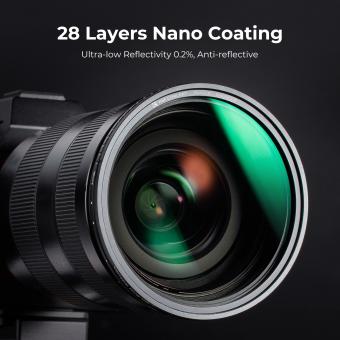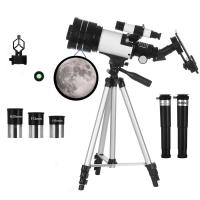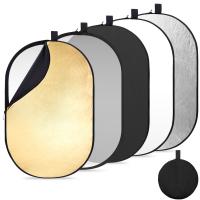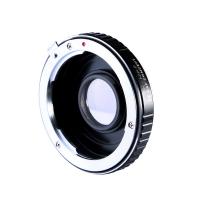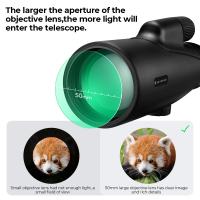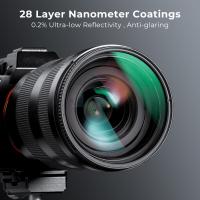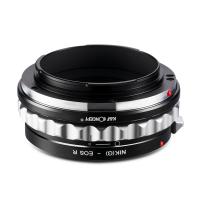How To Calculate Working Distance Microscope ?
The working distance of a microscope can be calculated by measuring the distance between the objective lens and the specimen being observed. This distance is typically measured in millimeters and can vary depending on the specific microscope and objective lens being used. It is important to note that the working distance may change when different objective lenses are used, as they have different focal lengths and magnification capabilities. To calculate the working distance, simply measure the distance between the objective lens and the specimen using a ruler or caliper.
1、 Optical Formula: Calculating working distance using the optical formula.
The working distance of a microscope refers to the distance between the objective lens and the specimen being observed. It is an important parameter to consider when using a microscope, as it determines the amount of space available for manipulating the specimen or inserting additional tools.
To calculate the working distance of a microscope, the optical formula can be used. The optical formula is given by:
Working Distance = (Refractive Index of Medium × Thickness of Cover Glass) - (Refractive Index of Objective Lens × Thickness of Specimen)
The refractive index of the medium is the index of refraction of the material between the objective lens and the cover glass, typically air or immersion oil. The thickness of the cover glass and specimen are the physical dimensions of these components.
It is important to note that the working distance can vary depending on the magnification and numerical aperture of the objective lens. Higher magnification lenses generally have shorter working distances. Additionally, the refractive index of the medium and the objective lens can also affect the working distance.
It is worth mentioning that advancements in microscope technology, such as the development of high numerical aperture objectives and the use of immersion techniques, have allowed for increased working distances while maintaining high resolution. These advancements have greatly improved the usability and versatility of microscopes in various fields of research and industry.
In conclusion, the working distance of a microscope can be calculated using the optical formula, taking into account the refractive index of the medium, thickness of the cover glass, and thickness of the specimen. However, it is important to consider that the working distance can vary depending on various factors, including the magnification, numerical aperture, and advancements in microscope technology.
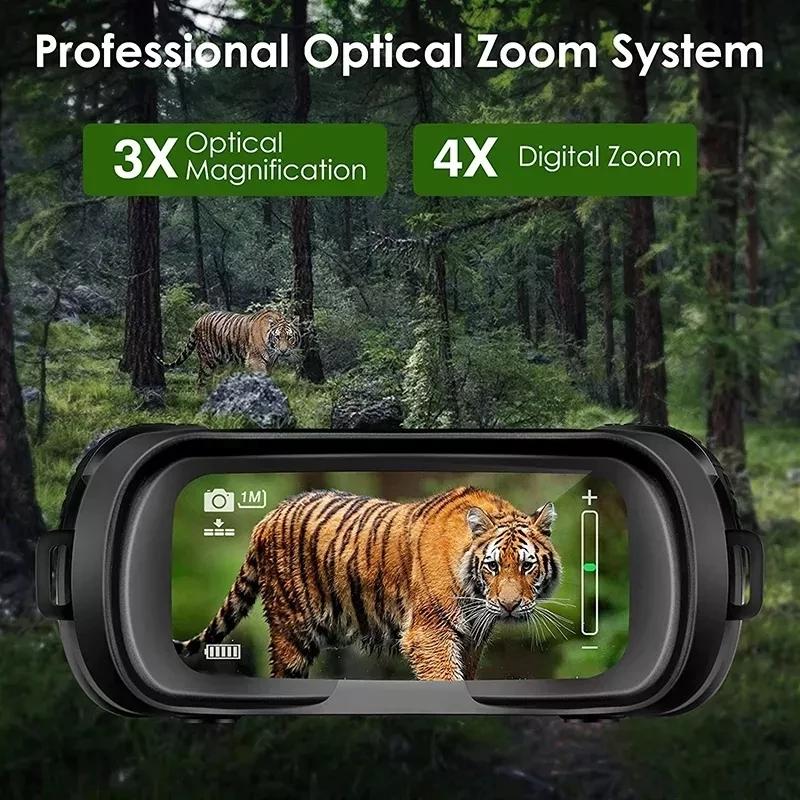
2、 Objective Lens Specifications: Determining working distance based on objective lens specifications.
To calculate the working distance of a microscope, you need to consider the specifications of the objective lens. The working distance is the distance between the front lens of the objective and the specimen being observed. It is an important factor to consider when choosing a microscope for specific applications.
To determine the working distance, you need to refer to the objective lens specifications provided by the manufacturer. The working distance is usually indicated in millimeters (mm) and can vary depending on the magnification and numerical aperture (NA) of the lens.
The numerical aperture is a measure of the lens's ability to gather and resolve light. Higher numerical aperture lenses generally have shorter working distances. Therefore, as the magnification and numerical aperture increase, the working distance tends to decrease.
It is important to note that the working distance is not a fixed value and can vary slightly depending on the microscope model and manufacturer. Additionally, the working distance can be affected by factors such as the thickness of the coverslip or any additional accessories used in the microscope setup.
It is recommended to consult the manufacturer's specifications or contact their technical support for accurate and up-to-date information on the working distance of a specific objective lens. They can provide the most accurate measurements and any additional considerations for your specific application.
In conclusion, to calculate the working distance of a microscope, refer to the objective lens specifications provided by the manufacturer. Consider the magnification, numerical aperture, and any other relevant factors to determine the working distance accurately.
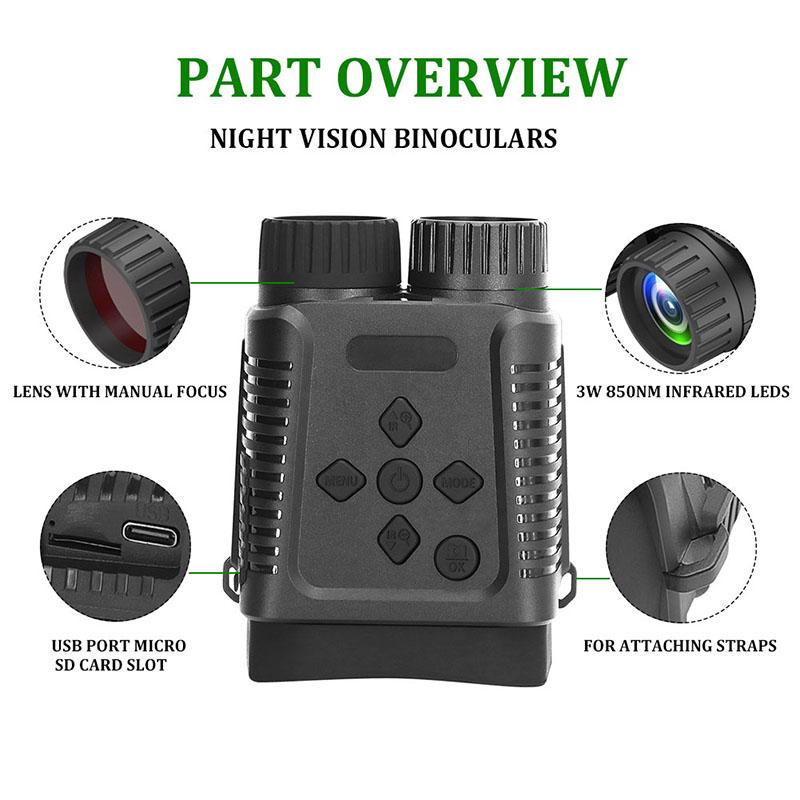
3、 Tube Length: Determining working distance based on the microscope's tube length.
To calculate the working distance of a microscope, one needs to consider the microscope's tube length. The tube length refers to the distance between the objective lens and the eyepiece. It is an important factor in determining the working distance, which is the distance between the objective lens and the specimen being observed.
To calculate the working distance, one can use the formula:
Working Distance = Tube Length - Objective Lens Length
The objective lens length is the distance from the tip of the objective lens to the point where it focuses the image. This information is usually provided by the microscope manufacturer.
It is important to note that the working distance can vary depending on the magnification and numerical aperture of the objective lens. Higher magnification lenses generally have shorter working distances. Additionally, the working distance can be affected by the thickness of the coverslip or any other accessories used on the microscope.
It is also worth mentioning that advancements in microscope technology have led to the development of objectives with longer working distances. These objectives allow for imaging of thicker specimens or samples that require additional space between the lens and the specimen.
In conclusion, to calculate the working distance of a microscope, one needs to know the tube length and the objective lens length. By subtracting the objective lens length from the tube length, the working distance can be determined. However, it is important to consider other factors such as magnification, numerical aperture, and any additional accessories that may affect the working distance.

4、 Eyepiece and Focal Length: Calculating working distance using eyepiece and focal length.
To calculate the working distance of a microscope, you need to consider the eyepiece and focal length. The working distance refers to the distance between the objective lens and the specimen being observed.
First, determine the focal length of the objective lens. This information is usually provided by the manufacturer and can be found in the microscope's specifications. The focal length is the distance between the lens and the point where parallel rays of light converge.
Next, determine the focal length of the eyepiece. This information is also provided by the manufacturer and can be found in the microscope's specifications. The eyepiece is the lens through which you view the specimen.
To calculate the working distance, use the following formula:
Working Distance = (Focal Length of Objective Lens) - (Focal Length of Eyepiece)
For example, if the focal length of the objective lens is 10mm and the focal length of the eyepiece is 5mm, the working distance would be:
Working Distance = 10mm - 5mm = 5mm
It's important to note that the working distance can vary depending on the specific microscope model and the magnification being used. Higher magnifications often result in shorter working distances.
Additionally, advancements in microscope technology have led to the development of objectives with longer working distances. These objectives allow for greater flexibility in specimen manipulation and can be particularly useful when working with thick or delicate samples.
In conclusion, calculating the working distance of a microscope involves considering the focal lengths of the objective lens and the eyepiece. By subtracting the focal length of the eyepiece from the focal length of the objective lens, you can determine the working distance.
